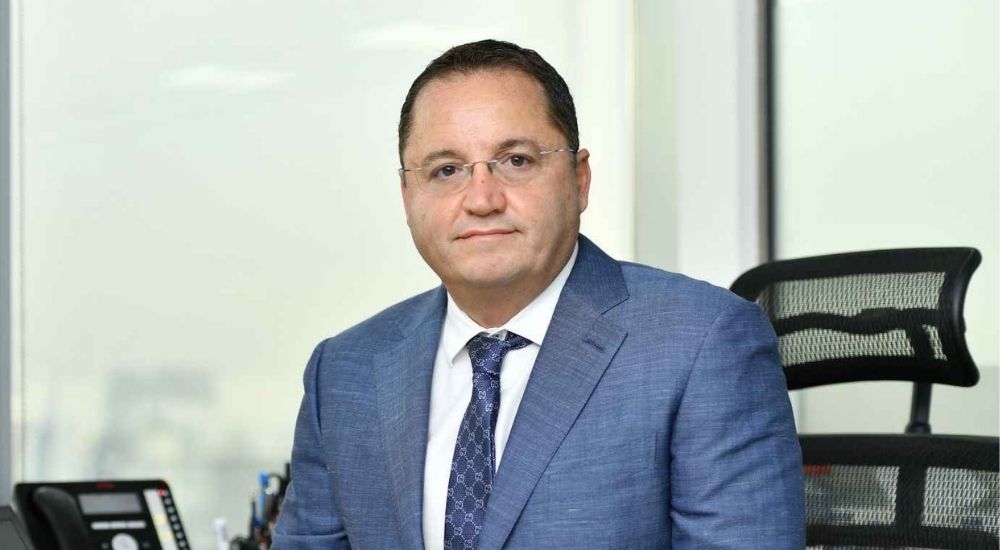Challenge of blending hybrid and unified working

The principal organisational challenges that top executives are navigating in the face of digital transformation and recovery in the post-pandemic new normal are remote working and hybrid working models. Top executives need to provide their employees with a working model that suits them. And to build a unified view for the future, the organisation’s vision for post-pandemic work must be clearly communicated.
Without a doubt, technology is more important now than ever before – adopting the latest technology to make remote working a breeze is essential. Organisations must accelerate investment in collaboration platforms, as well as device and home network security, and constantly reexamine and update cybersecurity best practices to prevent data leakage caused by human error.
And all of this can lead to costs – top executives need to invest in what works for remote working models and also leave room in their budget to focus on implementing a robust cybersecurity solution.
Leaders need to imbibe and demonstrate a keen awareness of employee priorities, especially with regard to future models of work. While different employees may perform differently in different scenarios, the fact remains that organisations have to prepare for a worst-case scenario. Proper management of resources to re-examine information, budgets, and networks to help teams advance their goals is essential, and proved to be a life-saver in the recent past when, overnight, organisations moved to 100% remote working.
In terms of leadership skills, empathy, clarity, authenticity and agility are now more crucial than ever during this time of uncertainty and upheaval in lives, which can have an impact on how people work.
The fact that it is a shared human experience means that it has an effect on everyone. As humans, business leaders are no less susceptible to fear, especially as they consider decisions that can impact their people, their families, and an entire related community. If there’s one thing we can learn from the frontline workers, it is the need to take care of oneself before trying to help everyone.
To tackle burnout and stress, Kaspersky has launched CyberSpa – a unique digital space to practice various online relaxation techniques. On the Cyber Spa platform, users are offered several relaxation procedures.
When the need for collaborative leadership is so critical, senior executives need to work closely. Given that technology infrastructure is one of the major areas that organisations are considering today, greater collaboration needs to be fostered for the organsiation and its departments with the CIO, CTO, and CISO, especially on tech investments, whether it is enhancements to existing solutions or the developments of new business models or architectures.
Prioritising the interaction and solution-focused collaboration between roles is vital for success in the longer run, not just the short term.
The types of organisational cultures and structures that are likely to succeed better in the short to medium term are those in which every C-level executive understands the positive role and importance of technology. The concepts and processes of digitisation and digitalisation needs to be causes that the leadership believes in, enabling them to create a future-ready environment today.

Placing technology high on their investment radar is now more important than ever because, due to the pandemic, we are forced to do almost everything digitally. In this scenario, cybersecurity plays a major role in the realisation of an organisation’s short- and medium-term plans.
KEY TAKEAWAYS
- To tackle burnout and stress, Kaspersky has launched CyberSpa.
- In terms of leadership skills, empathy, clarity, authenticity, agility is now more crucial.
- The types of organisational cultures likely to succeed are those in which C-level executive understands positive role of technology.
- When the need for collaborative leadership is so critical, senior executives need to work closely.
Organisations must accelerate collaboration platforms, device and home network security, and reexamine cybersecurity best practices to prevent human error.





